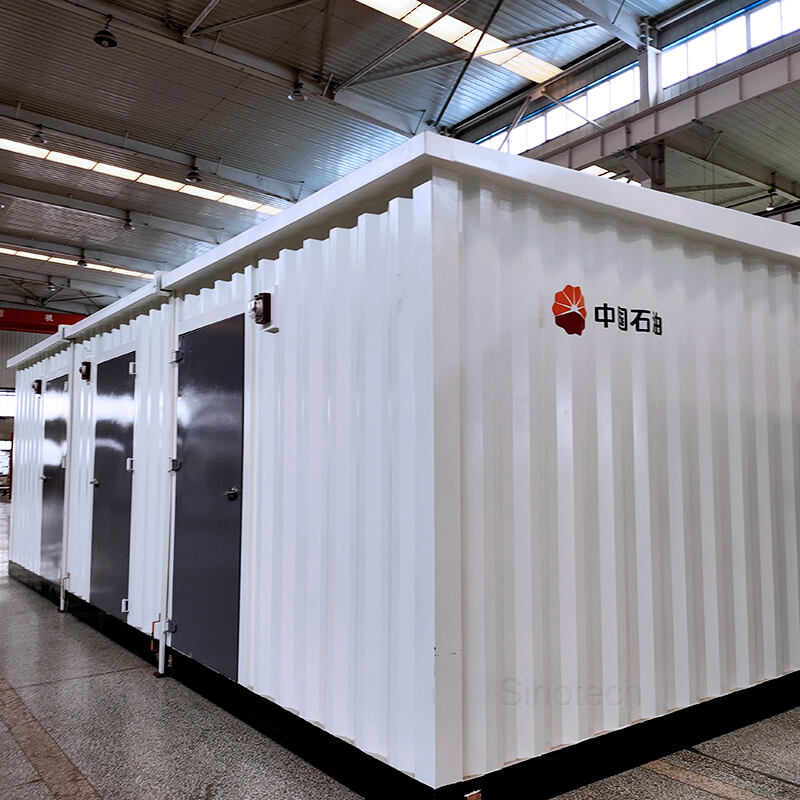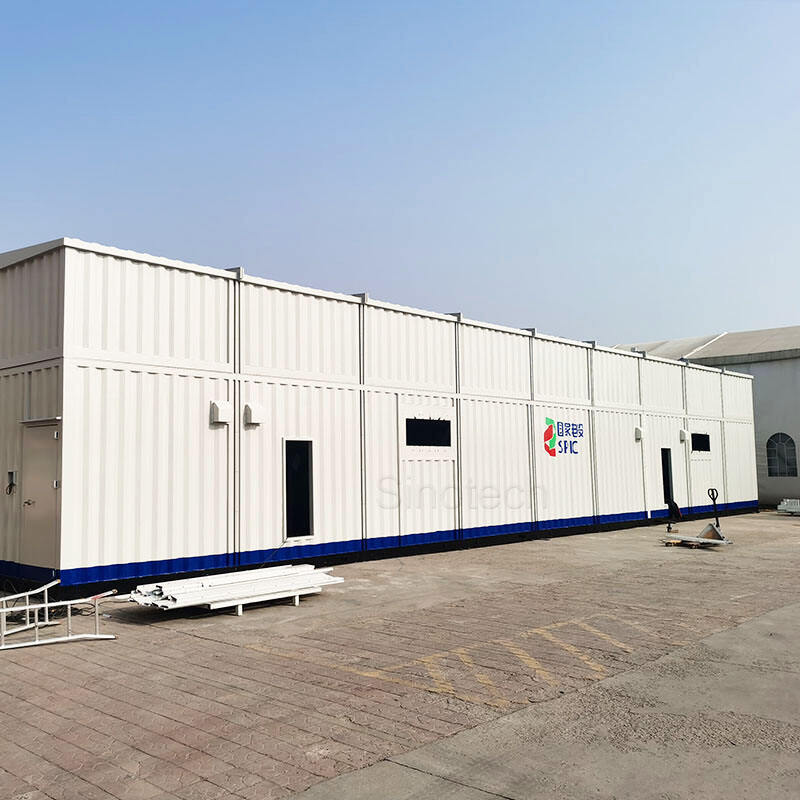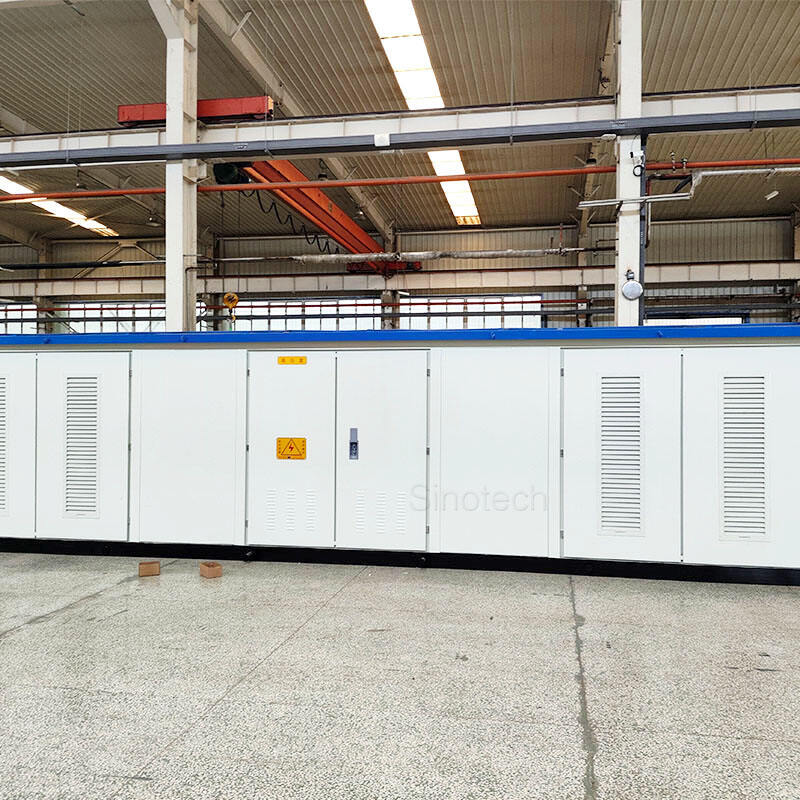electrical equipment supply vs local manufacturing represents a critical decision for businesses, balancing cost, lead times, quality, and sustainability in acquiring electrical components. electrical equipment supply, often involving global sourcing, offers access to a wider range of products and specialized technologies, leveraging economies of scale from large international manufacturers to potentially lower costs. However, electrical equipment supply can face challenges like longer lead times, transportation costs, and compliance with varying international standards. Local manufacturing, in contrast to electrical equipment supply, reduces logistics delays and carbon footprint by producing goods closer to the end market, enabling faster response to demand changes and easier quality control oversight. Local manufacturing also supports regional economies and may qualify for tax incentives, though it can have higher production costs for low-volume items compared to electrical equipment supply. The choice between electrical equipment supply vs local manufacturing depends on factors like product complexity, volume requirements, regulatory constraints, and sustainability goals, with many businesses adopting a hybrid approach to balance the strengths of both models.


